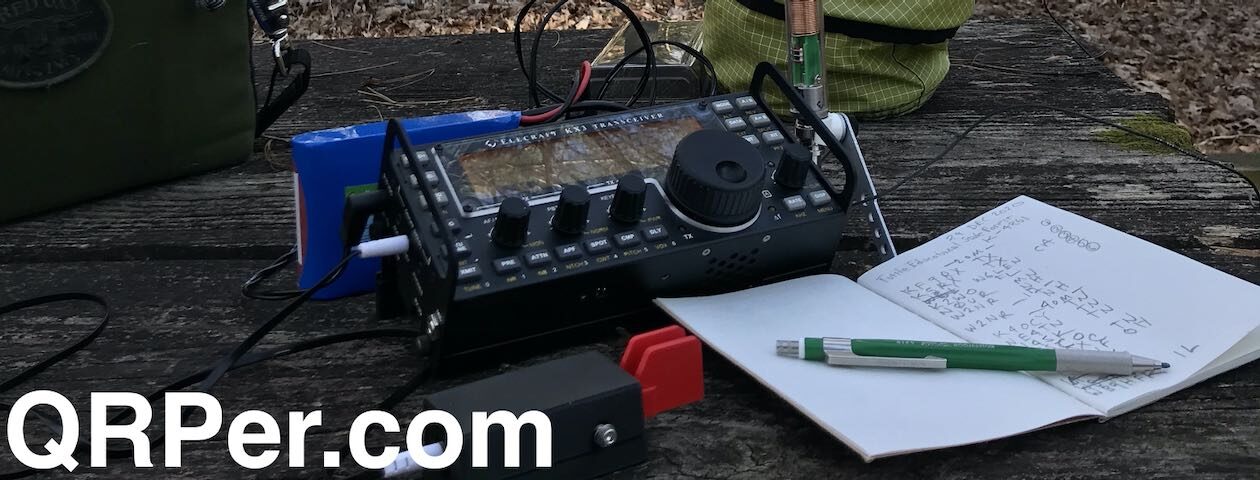
Over the past few months I’ve been asked by a number of readers and subscribers about the differences between the Chameleon MPAS Lite and the Chelegance MC-750.
More specifically, folks who are looking for this type of portable HF antenna want to know which one they should buy. I have difficulty answering questions like this in an email or comment because I need to understand the operator first.
At the end of the day, both of these antennas are excellent choices; the decision has more to do with your own personal preferences and how you see yourself using the antenna.
Why buy a vertical?

I believe every serious field operator ought to have at least one vertical antenna option available. Depending on where you’re operating, verticals might not be the highest-performing antenna you could deploy, but they may be the most convenient and rapid to deploy. Then again, if you’re sitting on the beach at the ocean or sea, a vertical can be a phenomenal DX antenna.
Verticals aren’t terribly difficult to build. In fact, one of the first field antennas I built many years ago was a 20 meter vertical, albeit with wires instead of telescoping whips. That said, it’s difficult for some of us to build something as high quality and as durable as a commercially-produced vertical antenna system.
Both the MC-750 and MPAS Lite antennas are high-quality and very quick to deploy. I reach for them frequently because I often have only a short time on the air and any time saved setting up the antenna usually leads to more SOTA and POTA contacts.
MC-750 / MPAS Lite Comparison
Instead of writing a full article about the differences, I made a video where I discuss these two antennas at length. My focus and goal being to help those who are trying to make a purchase decision.
At the end of the day, I don’t think you could go wrong with either antenna system, but I do do think one may suit you slightly better based on your operating style and goals.
Enjoy:
Video
Click here to view on YouTube.
Below, I’ve also listed some key features and specs of both antennas along with links that you might find helpful:
Chelegance MC-750
- Price: $179 + $50 shipping (via Chelegance)
- Whip length: 5.2 Meters/17.06 Feet
- Counterpoise: Quantity of four 11.48 foot counterpoises
- Frequency range: 40M – 6M
- Resonance markings: Yes (save 30M and 6M on current version)
- Carry case: Yes, padded case included with purchases
- Product manual (PDF)
- Product Link
Chameleon MPAS Lite
- Price: $360.00 (via Chameleon)
- Whip length: 5.18 Meters/17 Feet
- Counterpoise: 60 feet of tinned copper KEVLAR PTFE
- Frequency range: 160M – 6M
- Resonance markings: No
- Carry case: No (Optional large backpack from Chameloen)
- Includes 50 feet of high-quality coax with inline RF choke
- Product manual (PDF)
- Product Link



























